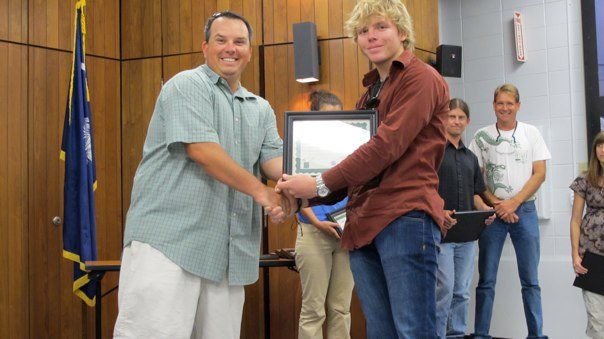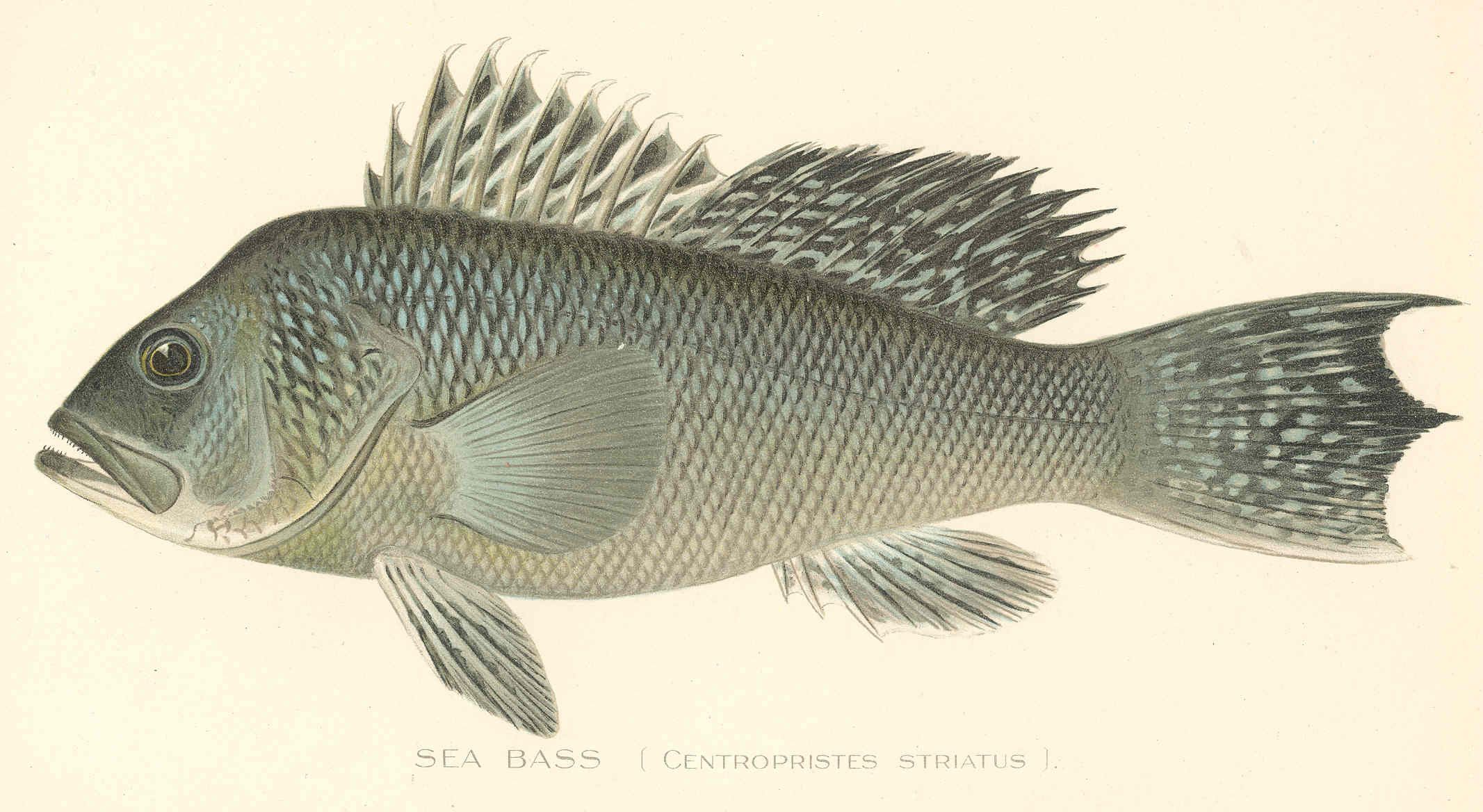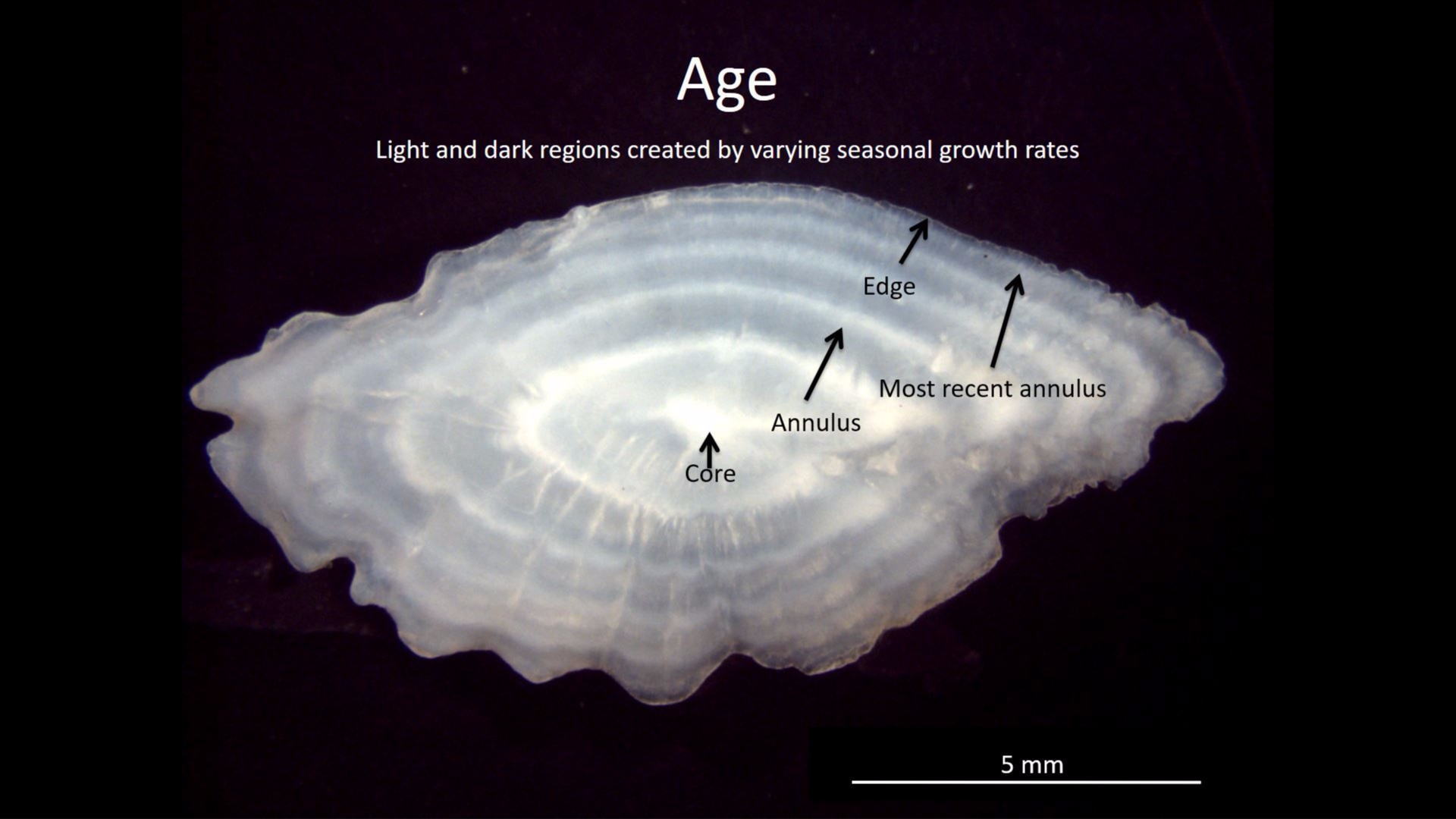In the Summer of 2010 I was accepted into the Minorities in Marine and Environmental Sciences (MIMES) program at the South Carolina Department of Natural Resources Marine Resources Research Institute.

In the Summer of 2010 I was accepted into the Minorities in Marine and Environmental Sciences (MIMES) program at the South Carolina Department of Natural Resources Marine Resources Research Institute.

This program was pivotal in my development as a scientist. Under the mentorship of Dr. Joseph Ballenger (pictured above) and Dr. Marcel Reichert, I spent the summer conducting a life history update on an overfished species, Centropristis striata (black sea bass). I was responsible for aging over 1,000 otoliths and analyzing a fisheries database of over 30,000 sample points for the species.
I started the program knowing little about the species and would often spend my weekends researching its life cycle, as well as conducting the necessary lab work for my project. The work was challenging, tedious, and towards the end of my stay, very rewarding.
I found that my mentors’ supportive nature was the highlight of the program; they helped me formulate research questions and methodologies, in addition to improving my professional communication skills through scientific reports and presentations. Their guidance, combined with my introductory biology course at UVI, led me to wonder how fishing pressures may have affected the size at maturity of C. striata over a 30-year period.
We hypothesized that fishing pressures might account for the significant decrease in size and age of reproductive fish. In my mind, this result reinforced the theories of evolution and artificial selection.

Black Sea Bass

An Otolith